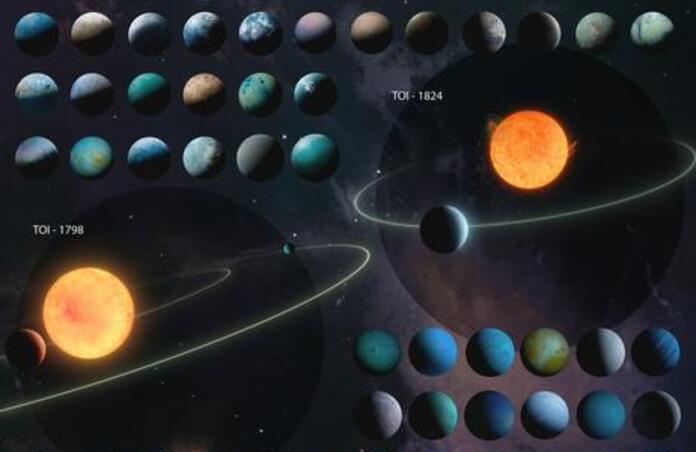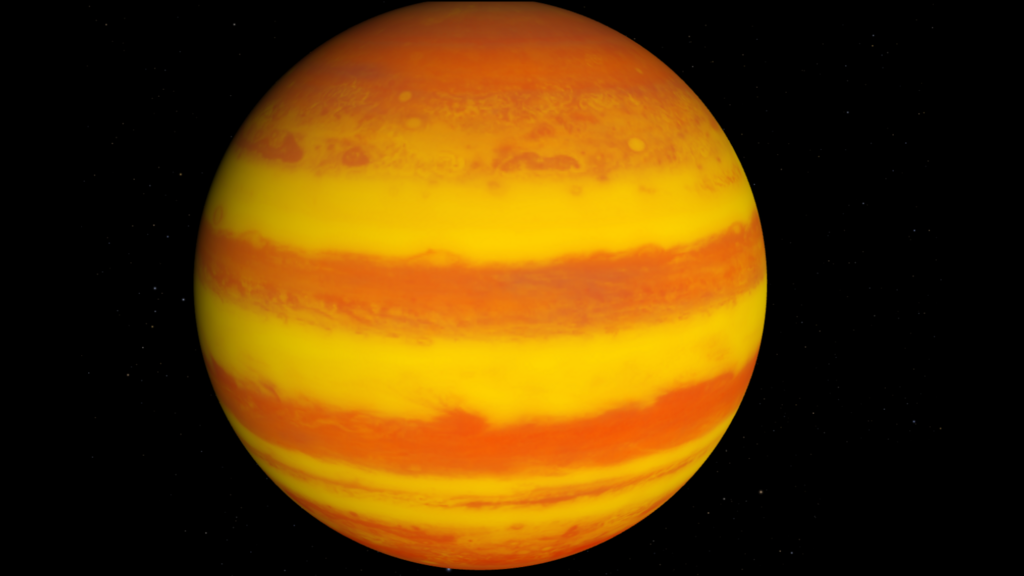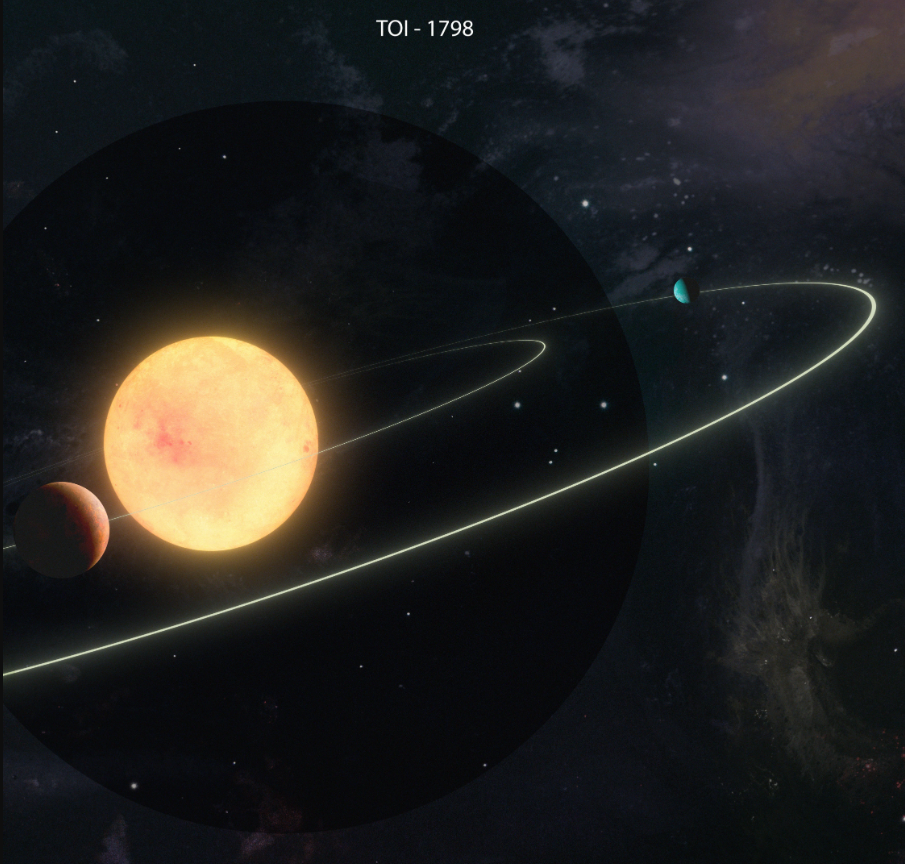New TESS-Keck survey reveals 126 intriguing worlds

A new catalog called the TESS-Keck survey has been released by an international team of scientists, comprised of 126 exoplanets ranging from exotic natures to potentially habitable worlds. The collection of planets provides further evidence of the vast variety of worlds beyond our solar system. However, despite being so different to earth, these exoplanets can help us better understand why our planetary system looks the way it does and how we fit in the cosmic puzzle of the universe.
The survey was created using data from NASA’s Transiting Exoplanet Survey Satellite (TESS) in collaboration with the W.M. Keck Observatory in Hawaii. "With this information, we can begin to answer questions about where our solar system fits into the grand tapestry of other planetary systems," Stephen Kane, TESS-Keck Survey Principal Investigator and an astrophysicist at the University of California, Riverside, said in a statement.
What makes the catalog unlike most others is that it contains complex data about majority of the planets included. Taking 3 years to complete, the team used 13,000 radial velocity measurements. The planet exerts a small gravitational tug on the star it orbits, resulting in the star ‘wobbling’ away and towards earth. This wobble changes the wavelength of light emitted – a wobble away shifts the light towards redder wavelengths, whereas a wobble towards gives rise to blueshifted wavelengths. The radial velocity method is commonly used to determine the mass of the planet, since the gravitational pull the planet exerts is proportional to its mass. The team determined the masses of 120 confirmed planets and 6 candidates.
Two of the planets orbit a solar like star called TOI-1386, located 479 light years away. One of these exoplanets has a mass and width placing it between Saturn and Neptune. Dubbed a ‘sub-saturn’, TOI-1386 b is a particularly interesting target for astronomers. "There is an ongoing debate about whether sub-Saturn planets are truly rare, or if we are just bad at finding planets like these," discoverer and UCR graduate student Michelle Hill said in the statement. "So, this planet, TOI-1386 b, is an important addition to this demographic of planets."

At a distance of 17% of that between the earth and sun, TOI-1386 b takes 26 days to complete an orbit around its star. The neighbouring planet in the system, TOI-1386 c is a puffy gas giant as wide as Jupiter, but with only 30% of the mass. The outer planet sits much further away from the host star, completing one orbit in 228 days.
Another intriguing exoplanet in the catalog is TOI-1437 b, around half the size of Neptune and 10x the mass of the earth. One year on the planet lasts 19 earth days, first discovered by TESS via the transit method. TOI-1437 b is one of the few sub-Neptunes known to transit its star that has a well constrained mass and radius. "Planets smaller than Neptune but larger than Earth are the most prevalent worlds in our galaxy, yet they are absent from our own solar system," discoverer and UCR graduate student Daria Pidhorodetska said in the statement. "Each time a new one is discovered, we are reminded of how diverse our universe is and that our existence in the cosmos may be more unique than we can understand."

Additionally, detailed for the first time is TOI-1798 c – a super earth orbiting a dwarf star in an extremely close orbit, with one day lasting just 12 hours. As a result, this system which also includes a sub-Neptune with an 8-day orbit is one of the few systems known to have an inner super-Earth with an ultra-short period orbit.
"While the majority of planets we know about today orbit their star faster than Mercury orbits the sun, USPs take this to the extreme," Pidhorodetska added. "TOI-1798 c orbits its star so quickly that one year on this planet lasts less than half a day on Earth. Because of their proximity to their host star, USPs are also ultra-hot — receiving more than 3,000 times the radiation that Earth receives from the sun. Existing in this extreme environment means that this planet has likely lost any atmosphere that it initially formed."
The release of the new catalog provides astronomers with a way of thoroughly exploring data from TESS and how this has changed our understanding of exoplanets. With thousands of TESS exoplanet candidates still yet to be confirmed, exoplanet catalogs similar to the TESS-Keck survey are expected to become more common.
--
Cover image: W. M. Keck Observatory/Adam Makarenko
Journal source: Polanksi et al. The TESS-Keck Survey. XX. 15 New TESS Planets and a Uniform RV Analysis of All Survey Targets. The Astrophysical Journal Supplement Series, 2024; 272 (2): 32 DOI: 10.3847/1538-4365/ad4484
